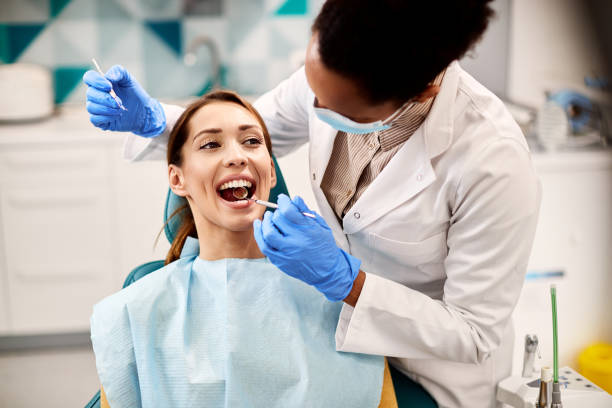
Introduction:
The integration of technology in healthcare has taken a remarkable leap forward with the advent of the Internet of Things (IoT) and wearable devices. In dentistry, this technological evolution is reshaping how we monitor, manage, and maintain oral health. Dental wearables and IoT devices are not just futuristic concepts but are now practical tools offering unprecedented benefits in dental care. From smart toothbrushes to advanced diagnostic devices, the synergy of IoT in dentistry is paving the way for a new era in oral healthcare.
Smart Toothbrushes and Oral Hygiene Monitoring:
- IoT-enabled toothbrushes revolutionize daily oral care by providing feedback on brushing habits, ensuring thorough cleaning, and promoting better oral hygiene practices.
Wearable Diagnostic Tools:
- Wearable devices in dentistry, such as smart mouthguards and dental implants, offer real-time monitoring of various oral conditions, aiding in early detection and preventive care.
Personalized Dental Care through Data Analytics:
- The integration of data analytics with dental IoT devices enables personalized dental care plans, tailored treatments, and predictive diagnostics, enhancing overall patient care.
Smart Toothbrushes and Oral Hygiene Monitoring
The cornerstone of dental IoT is the smart toothbrush, a device that transforms routine teeth cleaning into an interactive, data-driven experience. These brushes are equipped with sensors that track brushing patterns, duration, and pressure, providing immediate feedback to the user through a connected app. This real-time data helps in identifying missed spots and improving brushing techniques, thus significantly enhancing oral hygiene. Additionally, the accumulated data can be shared with dental professionals, offering insights into patients’ daily habits and guiding more personalized oral care advice. By making brushing more efficient and engaging, smart toothbrushes play a pivotal role in promoting better oral health practices among individuals of all ages.
Wearable Diagnostic Tools
Beyond daily oral care, wearable technology in dentistry extends to sophisticated diagnostic tools. Devices like smart mouthguards and sensor-embedded dental implants are at the forefront of this innovation. These wearables can monitor various parameters such as pH levels, the presence of bacteria, and even the force exerted during biting and chewing. This constant monitoring is invaluable for early detection of potential issues such as cavities, gum disease, and bruxism (teeth grinding). For athletes, smart mouthguards not only protect the teeth but can also track impact data, helping to manage sports-related dental injuries. The integration of these diagnostic tools into regular dental care empowers both dentists and patients with actionable insights, fostering a proactive approach to oral health.
Personalized Dental Care through Data Analytics
Perhaps the most transformative aspect of dental wearables and IoT is the ability to personalize patient care through data analytics. The extensive data collected by IoT dental devices can be analyzed to identify patterns and predict potential oral health issues before they become serious problems. This approach enables dentists to tailor treatments and preventive measures to the specific needs of each patient, moving away from a one-size-fits-all model to truly personalized dental care. Furthermore, advancements in machine learning and AI, in conjunction with IoT data, are opening new avenues in predictive diagnostics, offering a glimpse into the future where dental care is highly customized, more effective, and predominantly preventive.
Conclusion:
The integration of IoT and wearable technology in dentistry is not just enhancing the way we approach oral health; it’s revolutionizing it. From smart toothbrushes improving daily oral care habits to wearable diagnostics facilitating early intervention, and data analytics enabling personalized treatments, the possibilities are vast and continually expanding. As this technology evolves, it promises to make significant strides in improving oral health outcomes, making dental care more efficient, effective, and tailored to individual needs. The future of dentistry is here, and it’s smart, connected, and patient-centric.
Recent Comments